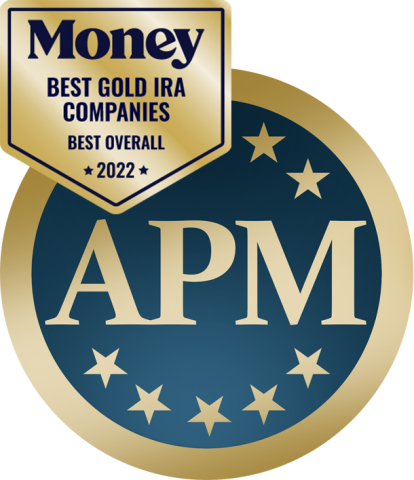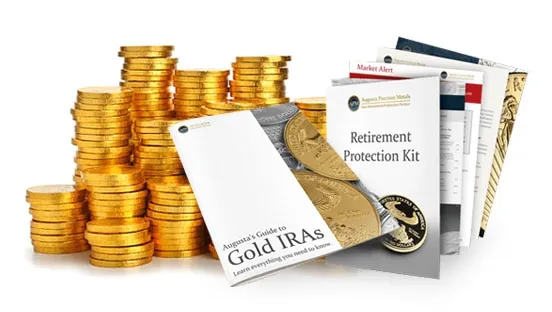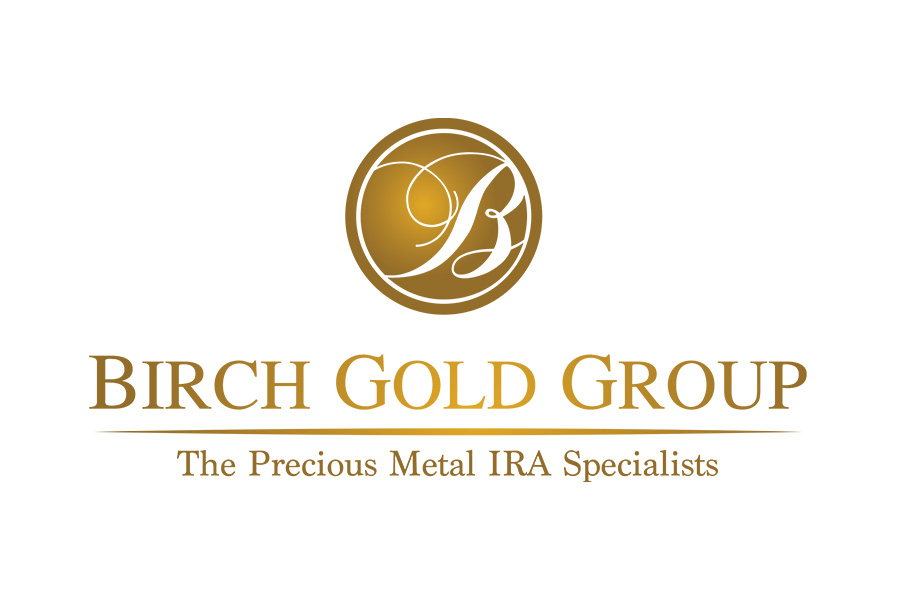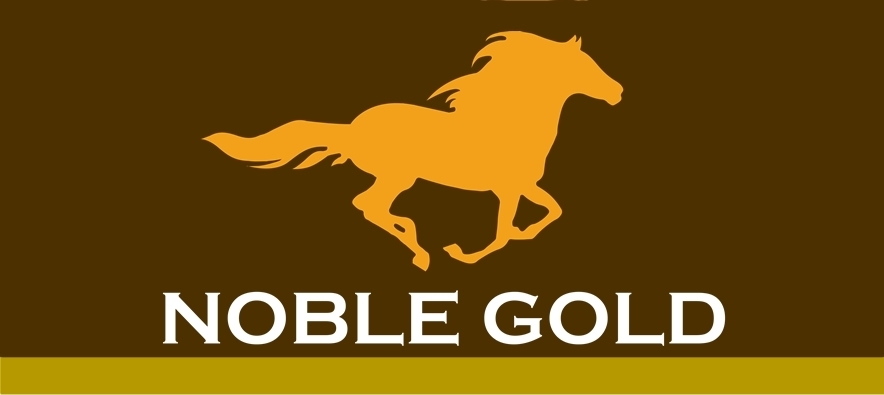What is a gold IRA rollover? Do you have gold in your IRA? If so, it may be time to consider using that gold as part of a rollover IRA investment strategy. A gold IRA rollover will allow you to transfer the value of gold into your IRA account, making sure that all of your assets are in one place, and allowing you to enjoy the benefits of retirement accounts without sacrificing any of the precious metals that you hold on to today. Here’s what you need to know about a gold IRA rollover and how it can benefit your retirement plans.
Table of Contents
What is a Gold IRA Rollover?

When Can I Move My Current Retirement Account Into a Gold IRA?
A Gold IRA rollover involves moving an existing retirement account, such as a traditional or Roth Individual Retirement Account (IRA), into a new self-directed gold or silver ira. You can move your current retirement account into a self-directed gold or silver iras in certain situations: for example, when you’ve changed jobs, you are dealing with undesirable investment options in your current plan, or if you want to invest in precious metals. It is important to note that no matter what type of IRA you have — Roth, Traditional or SEP — you can always add precious metals like gold and silver to your portfolio.
To move your current retirement account into a gold or silver iras, you will have to withdraw all funds from your existing plan and transfer them to your new self-directed precious metals IRA. Once all of your assets are in cash, you will then roll over that money into an account with a custodian. You can then invest that money however you choose, with no restrictions on what you do with it.
If you’re looking for a way to diversify your portfolio, precious metals might be one alternative worth considering. Precious metals can help reduce some of volatility associated with stocks and bonds without introducing any additional risk as well as potentially increase returns over time due to their price appreciation potential.
The Internal Revenue Service (IRS) allows investors to set up Individual Retirement Accounts (IRAs). With an IRA, you can invest money toward your retirement. You can use any type of investment in an IRA as long as it is consistent with IRS rules for IRAs. For example, traditional IRAs allow you to invest in stocks, bonds and mutual funds. In recent years, many people have been looking at gold as an attractive option for their IRAs because of its safety and historical track record of providing good returns. Before deciding on including gold in your future investments, here are some tips that may help guide your decision-making process
For example, if you want to set up an all-gold portfolio for your future, you could choose to invest in one of two types of gold IRAs: A self-directed IRA allows you to purchase any type of precious metal, such as gold. A traditional IRA, however, is limited to only certain approved investments. So if you decide on using a traditional IRA for your gold-based investments, you’ll need to work with a qualified custodian that understands how IRS rules apply to investing in gold for retirement accounts.
Whether you choose to invest in an all-gold portfolio, or diversify your portfolio with some precious metals and other non-precious metal investments, it is wise to consider how inflation might affect your choices. Precious metals typically hold their value better than paper investments in times of high inflation because investors turn to gold as a hedge against increasing prices. But even though gold can be considered a hedge against inflation, if you’re not careful, there are plenty of risks that can cause your gold holdings to decline in value. Such risks include: high volatility due to geopolitical instability; market manipulation by large investors; and supply constraints that drive up prices on specific days when physical investors buy more gold than is available.
Top Gold IRA Companies
Our recommended Providers are researched and vetted by us and many top consumer organizations. This is the short list of the most consistent companies we could come up with. Request information from them below.
#1: Augusta Precious Metals
Our Rating: 10/10
Pros
✅ ZERO complaints with the BBB and BCA
✅ Highest reputation and customer satisfaction in the industry
✅ Non-commissioned sales team
✅ Transparent pricing with up to 10 years of fees waved – with certain minimum investments
✅ NFL Legend Joe Montana actual customer before becoming their spokesperson
Get a free gold IRA Kit now!
Call: 1-855-470-4636
#2: Birch Gold Group
Our Rating: 9.9/10
Pros
✅ Great company commitment to education and communication
✅ Impeccable customer service
✅ Silver, gold, platinum and palladium available
Cons
❌ Signup process can only be done thought a specific link
❌ Certain fees are not disclosed up front
❌ No buyback guarantee of precious metals
#3: Noble Gold Investments
Our Rating: 9.6/10
Pros
✅ One of the best no questions asked buyback programs in the industry
✅ Free delivery of your precious metals to your door at any time
✅ Over 20 years of experience in the precious metals industry
✅ Gold, silver, platinum, and palladium available
✅ One of the lowest barriers to entry – ideal for smaller investors
Cons
❌ High annual fees for low balances
Where Can I Buy Precious Metals Through My Retirement Account?
If you are interested in rolling over your existing retirement assets into gold or other precious metals, you may have questions about how to do it. You will also want to make sure that you know what kind of storage account is right for your needs. When comparing storage options, many people overlook self-directed retirement accounts and instead focus on traditional brokerage services. While these types of accounts will often help you access a wider range of precious metals, some alternative investments may not be available through these services; if flexibility is important to you, consider one of several self-directed IRAs that allow for more investment options. Once you’ve opened an account with one of these providers, determining which metals are right for your portfolio should be simple.
Our Top Recommended Gold IRA Company

If you are looking to invest in gold or other precious metals through your retirement account, understanding which providers offer self-directed accounts can help you determine what investment options will be available to you. There are several types of IRAs that offer more flexibility than brokerage services and allow access to a wider range of metals. If you’re unsure which provider is right for your needs, comparing providers and reading reviews can help ensure that you make an informed decision about where to open an account. If flexibility is important in your choice of metals storage accounts, it may be beneficial to consider one of several self-directed IRAs that allow for investing in alternative assets such as precious metals and collectibles.
What is a Gold IRA Rollover?
How Long Does it Take to Open a Gold IRA Account?
This depends entirely on which company you choose to work with. However, most companies will only take up to 10 minutes to open an account and then you just need to transfer funds into it. If you already have investments, it is usually just a matter of moving them over one at a time through electronic bank transfers. The whole process should take less than half an hour and could be done in 20 minutes or less if everything is all ready to go.
If you have recently taken an interest in investing, then you probably already know what IRAs are. If not, it’s worth taking some time to learn about them before going any further. An IRA is an investment vehicle that allows you to make tax-deferred investments, which is one of the main reasons it’s so popular among both individual and institutional investors. However, as with any financial product or service, there are differences between how different providers treat their IRAs, which can help you find one that’s right for your needs. For example, there are two types of IRAs—traditional and Roth—which differ in key ways.
When Can I do the Initial Rollover?
The annual IRA contribution limit of $5,500 is split between your contributions to traditional and Roth IRAs. Once you reach age 70 1/2 you’re no longer eligible to contribute to either type of traditional or Roth IRAs. That means that if you have an existing self-directed gold or precious metals retirement account, there are steps you can take to move some of your holdings into an existing self-directed gold or precious metals retirement account by doing a rollover. You’ll have until December 31st to complete the initial rollover, but it’s best if you get started as soon as possible so that you don’t run out of time before year end. We can help with these types of transactions in my office so please call us if we can be of assistance.
You can roll over a lump sum to your existing self-directed precious metals retirement account. If you decide to take advantage of any available loans against your assets, those funds must be repaid before they can be rolled over into an existing self-directed gold or precious metals retirement account. You cannot roll over your entire assets into an existing self-directed precious metals retirement account as tax penalties apply if you withdraw funds from any traditional or Roth IRAs during that period. Once you reach age 70 1/2 and beyond you can’t do either type of rollover in any event.
What is a Gold IRA Rollover?

Should I Use Gold Bullion or Precious Metals ETFs?
If you’re considering investing in gold through your IRA, there are three ways to get started: You can buy gold bullion (also known as bars), exchange-traded funds (ETFs) that track precious metals, or physically backed notes. While each investment option has its pros and cons, it’s important to take time to understand exactly what you’re getting into. Read on for an overview of each type of asset; follow up with your broker or financial advisor for more information.
One of your first considerations is whether you want to buy gold bullion or invest in an ETF that tracks precious metals. (Some brokers allow you to do both.) If you opt for physical gold, you’ll own actual bars, which can be bought and sold through your broker; buying and selling can come with transaction fees and take some time, though. Precious metals ETFs are essentially stock portfolios for metals such as gold or silver, which means they’re easier to buy and sell than bullion. Be aware that your choice may limit how much capital gains tax deduction you can receive from your investment.
If you don’t already have one, talk to your broker about opening an individual retirement account, or IRA. IRAs allow you to put money aside for retirement, which means any earnings from your investment are tax-deferred until withdrawal. You can open traditional and Roth IRAs. A traditional IRA is funded with pre-tax dollars, meaning you avoid taxes now but pay them on distributions when you retire; a Roth is funded with after-tax dollars, meaning you pay tax now but avoid them when taking distributions in retirement.
What is a Gold IRA Rollover?

Why Don’t All Financial Advisors Recommend A Gold IRA Instead of Mutual Funds or Stocks?
While many investors prefer stocks and mutual funds, there are pros and cons to choosing either option. Though gold IRAs may be one of the best ways to invest in precious metals, some advisers warn that it’s not for everyone. While most financial advisers will consider a gold IRA if you want to own metal as part of your portfolio, they don’t always encourage their clients to take up metal holdings. The reasons for this vary from firm to firm; for some companies, personal choice plays into things and for others it’s about business interests. Before asking an adviser about investing in gold as part of your IRA or personal finances, here are some things you might want to know first
A common argument for choosing stocks over gold IRAs is that, in many cases, you’ll pay less taxes when investing in stocks. The logic behind using a gold IRA is that because metals have historically done well during times of economic and political unrest, it may be better to add metal to your portfolio instead of selling off other securities. One point advocates make is that while stocks typically pay more dividends than gold, there’s no guarantee that they will do so forever. With an IRA rollover in mind, keeping your money liquid and not tied up in assets you can’t access easily is also another important factor to consider.
If you’re an investor who is considering purchasing gold to add to your portfolio, it’s a good idea to ask your financial adviser how they feel about precious metals in general. While most will be happy to take part in a discussion on metal IRAs and how they may fit into your broader goals, others won’t recommend metal investments at all. At these firms, personal choices may play into their policy regarding metal as an investment; some advisers don’t feel comfortable recommending metal and will decline clients who want to use gold or silver in their portfolios. A second common reason that many firms won’t invest in precious metals for their clients is because of business interests.
How to Get Started
The rollover process typically happens when you decide to change your retirement plan administrator—for example, if you go from working for a company that offers retirement plans to running your own business and want to start contributing again. In most cases, when you leave your job, you have 60 days to notify or instruct your previous plan administrator (in writing) of what to do with any retirement funds in your account; that’s true whether it’s an employer-sponsored 401(k) or an Individual Retirement Account (IRA). But once you know where your money is going next—say, into a self-directed individual retirement account with another institution—you can start thinking about what kind of investments and structure will work best for you.
See Important Information Below on Retirement








